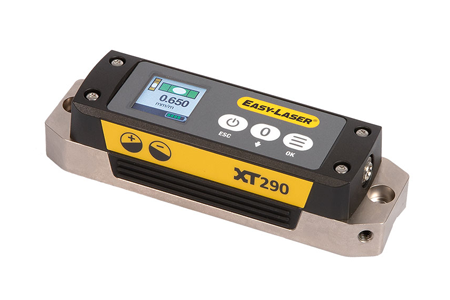A plant without a proper maintenance program is expected to fail in all aspects. If your machinery is experiencing breakdowns, stalling, defects, or a decrease in performance, you might want to try implementing TPM.
Problems regarding maintenance culture can easily be solved using Total Productive Maintenance. This system provides the plant personnel and maintenance manager with the right knowledge on how to effectively and efficiently take care of your machinery.
Total productive maintenance (TPM) is the process of using machinery, tools, personnel, and auxiliary procedures to preserve and enhance the reliability of systems. It is the practice of involving staff members in equipment maintenance while placing a focus on proactive and preventative maintenance methods. The goal of total productive maintenance is flawless productivity. TPM promotes:
- No malfunctions
- No delays or slowing down
- No flaws
- No mishaps
According to Reliable Plant, these three principles should be followed by maintenance personnel.
- Detection - Utilizing preventative and predictive technologies to examine, identify, and fix minor flaws before they become major fixes.
- Restoration - To restore the machine/equipment to its optimal condition.
- Prevention - Correcting minor flaws before they must costly repairs to stop them from developing into larger issues.
The Implementation of Total Productive Maintenance
The TPM process involves selecting a pilot area, putting the equipment back in top working order, measuring OEE, dealing with and minimizing major losses, and carrying out planned maintenance.
1st Step: Determine a Pilot Area
You may immediately enhance total output and see a quick return on investment by selecting equipment based on where production is being slowed down. The first approach—the equipment that can be improved the simplest—is usually the greatest option if this is your first time putting a TPM program into practice. This reduces risk since you can create temporary stock or inventory, ensuring that downtime may be tolerated. Use a project board where you can post updates for everyone to view.
2nd Step: Restoring the equipment to optimal operating conditions.
According to Reliable Plant participants in TPM should learn to use the 5-S system to maintain equipment in its original condition. This might entail taking pictures of the area and the equipment in its current condition, which you would then publish to your project board. Clearing the area by removing unused tools, debris, and anything that can be considered waste. Put the equipment and parts you use in order.
3rd Step: Quantifying OEE
Verifying the effectiveness of your TPM program is step two of the Plant Management Training Program (TPMP). In the third step, you must check OEE for the target equipment, either with software. To get an accurate image of the unexpected halt time and a clear understanding of how short stops and sluggish cycles affect production, it is advised that you collect data for at least two weeks.
4th Step: Reduction of Losses
It's time to address them after you have a data-driven snapshot of where your biggest losses are. The before-mentioned pillar of focused improvement, or kaizen, is employed in this stage. Create a cross-functional team of operators, maintenance workers, and managers to do this. While at the equipment, it is advised to use a fishbone diagram to follow symptoms and record data.
5th Step: TPM Implementation
Examine three factors—wear components, components that fail, and stress points—to decide which components need preventive maintenance. It is common practice to use vibration analysis and infrared thermography to locate stress areas. Determine the present wear level and then a baseline replacement interval for components that are based on wear and expected failure. By creating a feedback system, maintenance intervals can be improved.
Maintaining the Progress Made With Total Productive Maintenance (TPM)
Maintaining accomplishments over a lengthy period is a challenge. Employees may feel more unified if they support the TPM program and can understand how this improved future benefits them. A program's relevance is demonstrated by active, engaged leadership. The curriculum is kept fresh and employees' engagement is maintained through continuous improvement and the use of the right tools to implement the program with sustainability in mind. Here are some predictive tools you can use to help empower your team:
Easy-Laser XT290 Digital Precision Level

Easy-Laser® XT290 digital precision level has an accuracy of 0.02 mm/m and angle change sensitivity of 0.001 mm/m. Extremely fast updating of the measurement values makes the digital precision spirit level easy to use. The software indicates whether temperature changes or disturbing vibrations can affect the reliability of the measurement results.
FailureProtect™ Service
Empower your team through Le Price FailureProtect™ service. This program allows remote monitoring of your equipment, complete with diagnosis and condition reporting. When you subscribe, there is no need for outright purchase. We will provide end-to-end monitoring, complete with diagnosis and solutions.
































